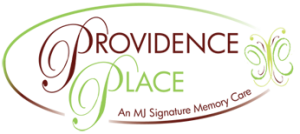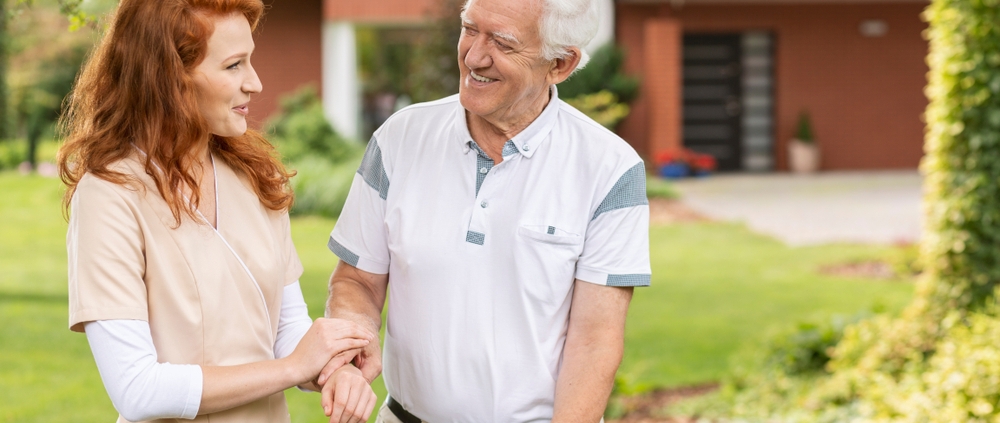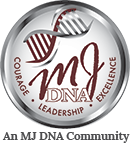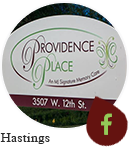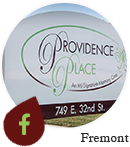Creating a Safe and Comfortable Environment: Tips for Fall Prevention in Assisted Living
In assisted living facilities, safety against falling is paramount for residents’ well-being. Expect comprehensive fall prevention measures, including personalized risk assessments upon admission and individualized prevention plans. Facilities are designed with modifications like grab bars, non-slip flooring, and adequate lighting to minimize hazards.
Trained staff members regularly monitor residents and aid as needed, while exercise and mobility programs promote strength and balance. Emergency response protocols and family education further contribute to a safe environment that maintains residents’ independence and quality of life while reducing fall risks.
Risk factors for falling in assisted living
There are risk factors for falling in assisted living in which age plays a part, and it increases as the person ages. However, age is only a portion of the risk factors involved in the fall. Such would include the following factors.
- History of falling
- Difficulty walking or problems with mobility
- Poor balance and weakness of the muscles
- Poor eyesight
- Cognitive impairment
- Hazardous home
- Incontinence issues
- Multiple medications
The good thing is that the risk of falling can be minimized, and you can take steps to do so. The most effective fall prevention programs cover multiple risks, from your home environment to building strength and confidence.
Tips to prevent falls
Assisted living primarily serves older adults particularly vulnerable to increased risk of falls or fall-related injuries. Thus, fall prevention programs need to be wide in scope and deeply embedded within the overall approach of the facility to resident safety. Here are several tips for the prevention of falls in assisted living facilities.
- Create and maintain an interdisciplinary falls management team to assess fall and injury risk.
- Develop, implement, and update all fall management programs, which include risk assessment and reassessment tools.
- Conduct initial and ongoing fall management education programs for clinical personnel, non-clinical facility workers, staff, and volunteers.
- Assess and reassess assisted living residents on admission to monitor physical condition changes or when they are transferred to another level of care.
- Ensure that the risk of residents falling is communicated effectively to the resident, the family, and all clinical and non-clinical staff.
- Educate assisted living residents and families on the risk of falling.
- Conduct environment-of-care rounds regularly to reduce or eliminate risks.
- Provide standardized equipment to prevent falls, such as grab bars, bath mats, and elevated toilet seats.
- Implement effective interventions to manage residents who might be at risk of falling.
- Communicate to members of the staff the clear and consistent policies for the documentation and report of falls, and conduct reactive analyses for the incidents of falls so that you can identify strategies and continually improve the falls management program in assisted living environments.
Fall Prevention Wrap-Up
Note that falls are rising despite widespread fall prevention programs in the U.S. Comprehensive fall prevention programs can prevent falls in assisted living facilities.
Looking for a safe senior living community in Nebraska? Click here to learn all about Providence Memory!
Providence Place of Fremont is proud to offer its Assisted Living Services to Fremont NE and its Surrounding areas and Cities: Inglewood, Cedar Bluffs, Ames, Leshara, Arlington, Fontanelle, Nickerson, Telbasta, and North Bend
